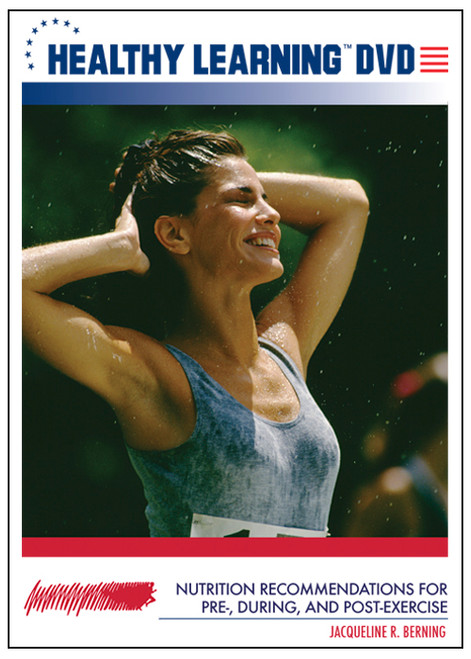Mechanical and Metabolic Stimuli in the Control of Muscle Blood Flow During Exercise presents an overview of how two specific factors affect the exercise pressor reflex. The DVD discusses the fact that the exercise pressor reflex has a mechanical component that is transduced by group III afferents, as well as a metabolic component that is transduced by group IV afferents, which are evoked by a mismatch between blood/oxygen supply and demand in the working muscles. The DVD also points out that ATP and lactic acid are two of the metabolic stimuli that stimulate group IV afferents. In addition, the DVD details that a component of the exercise pressor reflex is evoked at low work loads and is not dependent on mismatch between blood/oxygen and demand.
Among the topics covered:
• Autonomic and ventilator control during exercise
• Mechanoreceptor-induced reflex effects
and many more . . .
Among the topics covered:
• Autonomic and ventilator control during exercise
• Mechanoreceptor-induced reflex effects
and many more . . .






